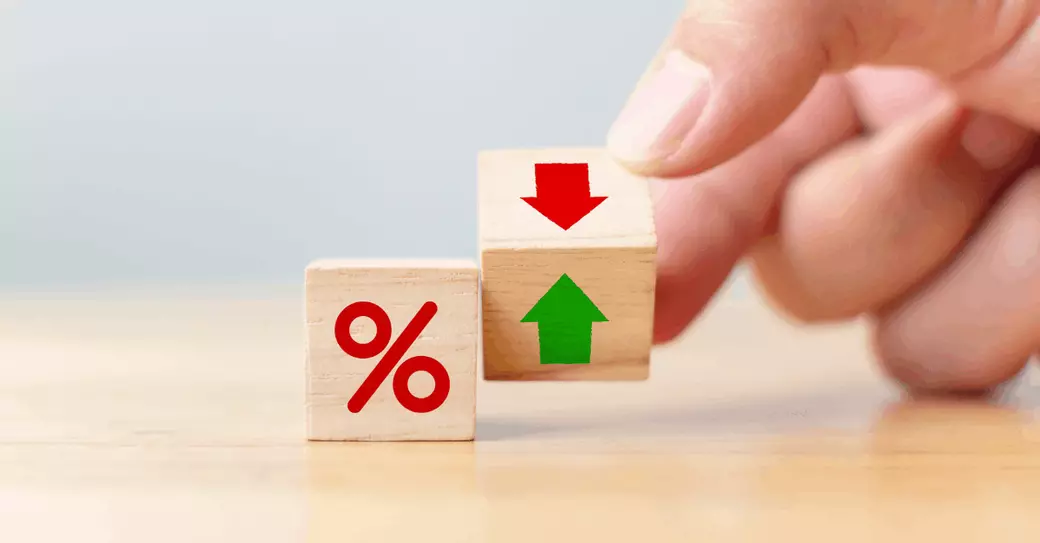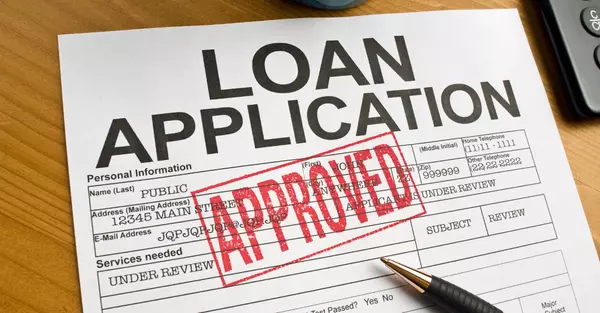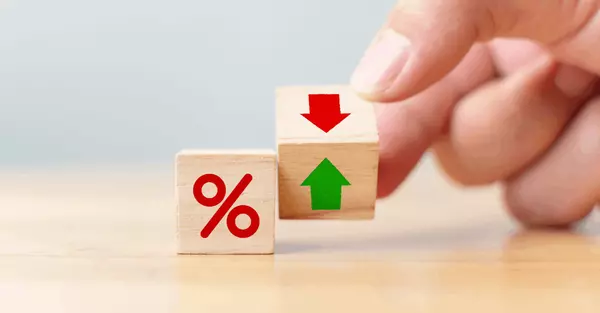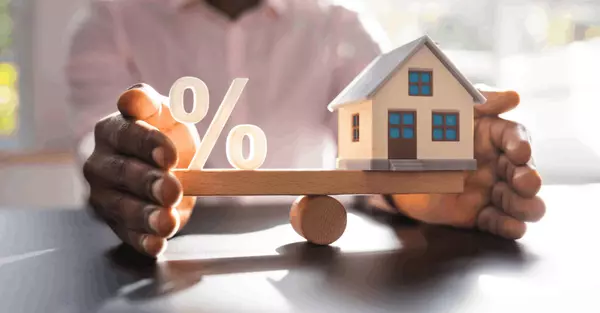Should Prince William County Buyers Wait for Rates to Fall?

Mortgage rates have been on a roller-coaster ride in 2025. After peaking at 7.04% in January, rates pulled back to the mid-6% range by March, only to bounce again and settle between 6.7% and 6.9% from early May onward. By the last week of July, the 30-year fixed averaged 6.72%, up 5 basis points for the month, according to Freddie Mac.
The big question for prospective buyers: should you wait for rates to fall before pulling the trigger? The short answer is nuanced, and depends on your personal financial situation, your housing goals, and how you weigh the trade-offs between rate, price, and time.
What’s driving the current rate environment?
- Fed policy and inflation: The Federal Reserve has kept the federal funds rate in a holding pattern (4.25%–4.5%), with the Fed stressing that rate decisions will continue to hinge on inflation data and labor market strength. After a string of rate cuts in late 2024, the Fed has paused as it watches tariff-driven inflation signals and other price pressures.
- Tariffs and inflation risk: Ongoing tariff policies can impact prices broadly, potentially pushing inflation higher and keeping mortgage rates elevated.
- Affordability dynamics: Even if mortgage rates ease a touch, affordability remains stubborn. The combination of elevated home prices and higher monthly payments means many households still feel the squeeze.
What to consider when deciding whether to wait
- Personal finances and housing goals:
- If you can comfortably lock in payments on a home you love today, waiting may not be necessary. As Fred Bolstad of U.S. Bank suggests, “If you are in the financial position to afford the payments on a home you find and love, there is no need to wait.”
- If you’re on a tight budget or your target home is scarce, delaying could reduce the risk of entering a bidding war with even higher prices later.
- Rates vs. home prices:
- Historically, rates and prices move in tandem with broader economic conditions. A modest drop in rates could be offset by higher home prices if demand remains strong. Conversely, a meaningful rate decline could improve affordability, but timing the exact bottom is notoriously difficult.
- Market signals and expectations:
- The next FOMC meeting is set for September 16–17. The market will be watching not just the rate decision, but also the Summary of Economic Projections (SEP), which includes GDP, inflation, unemployment, and projected rate paths.
- After the July meeting, odds of a September rate pause were roughly 3-to-2, with around 60% expecting rates to stay the same and about 40% pricing in a 25 basis point cut. These expectations can shift quickly as new data arrives.
What’s next?
- Upcoming meeting: The September 16–17 FOMC meeting will deliver the policy decision plus the SEP. Market participants will parse the projections for guidance on the trajectory of rates and the likelihood of future cuts.
- Markets and timing: Given the current mix of inflation signals and tariff considerations, many housing market analysts anticipate mortgage rates to ease only gradually, if at all, by late 2025. In other words, a sharp drop in rates this year isn’t a sure bet.
Expert perspectives
- "Where you stand financially determines whether you should wait," notes Fred Bolstad of U.S. Bank. "If you can afford the payments on a home you love, there’s no need to wait."
- Analysts emphasize that the Fed’s influence on mortgage rates is indirect. Powell and colleagues stress that the goal is stable inflation and strong employment, which underpin long-term affordability even if rates don’t fall quickly in the near term.
Takeaway
- If your goal is homeownership in today’s market and you’re comfortable with current payments on a home you want, buying now can be reasonable. Waiting for rates to fall could mean higher home prices or extended housing-search timelines.
- If you’re flexible about timing and can tolerate some uncertainty, watching the September FOMC decision and SEP can provide new signals about the trajectory of rates.
- In any case, lock your rate when you find a deal you’re comfortable with and consider rate locks or buy-downs as options to manage payment certainty in a volatile rate environment.
Categories
Recent Posts











"My job is to find and attract mastery-based agents to the office, protect the culture, and make sure everyone is happy! "
14291 Park Meadow Drive Suite 500, Chantilly, VA, 20151
